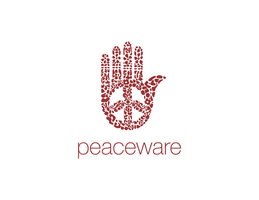Process
|
|
India’s textile heritage spans centuries. It is as varied as it is colorful. Cloth was big business for traders along the silk route. Chinese silk, Himalayan wool, fine Bengali cotton, made its way to the great cities of Banares and Delhi, to the many kingdoms that dotted the Deccan plateau and to India’s long coastline. Each region boasted unique methods of production, using materials that were locally available. At Peaceware we offer you textiles from these traditional craft centers. Ikat: a method of patterning fabric by tie-dyeing the warp yarns, the weft yarns or both, before weaving. A characteristic of Ikat textiles is an apparent blurriness to the design found on both faces of the cloth. Ikat is produced in traditional textile centers from India to Southeast and Central Asia, Japan, Africa and Latin America. Ajrak : Geometric shapes, etched on wooden blocks are used to print Ajrak Fabric. Mainly Crimson and Indigo natural dyes color the textile. Excavations in the Indus valley area in Northwest India and Pakistan have yielded Ajrak patterns used on cloth from the ancient civilization of Mohenjodaro. Production continues today in Kutch, India. Bandhani : patterning cloth by pinching and binding it into a motif, before dyeing. One of the earliest examples of the tie dye dotted textile is found in 6th century cave paintings of the life of Buddha, at Ajanta, India. Your support keeps the communities of craft people and their work alive and progressing. Thank you. |



